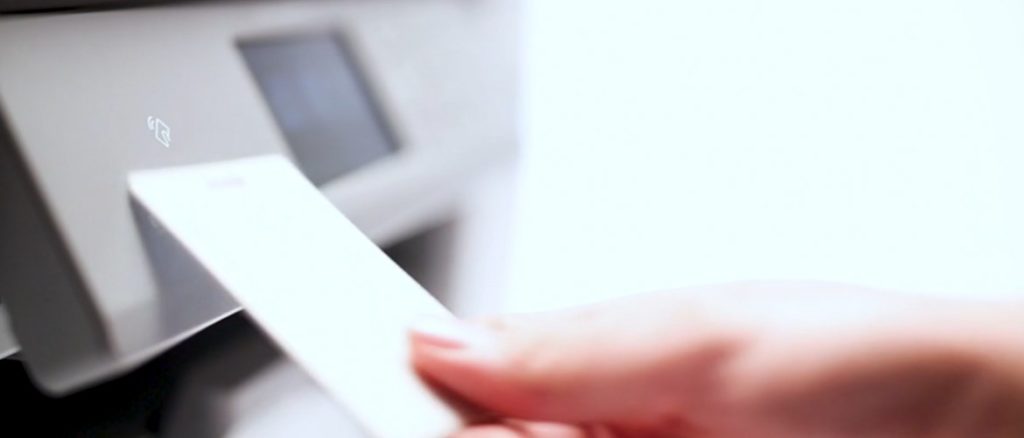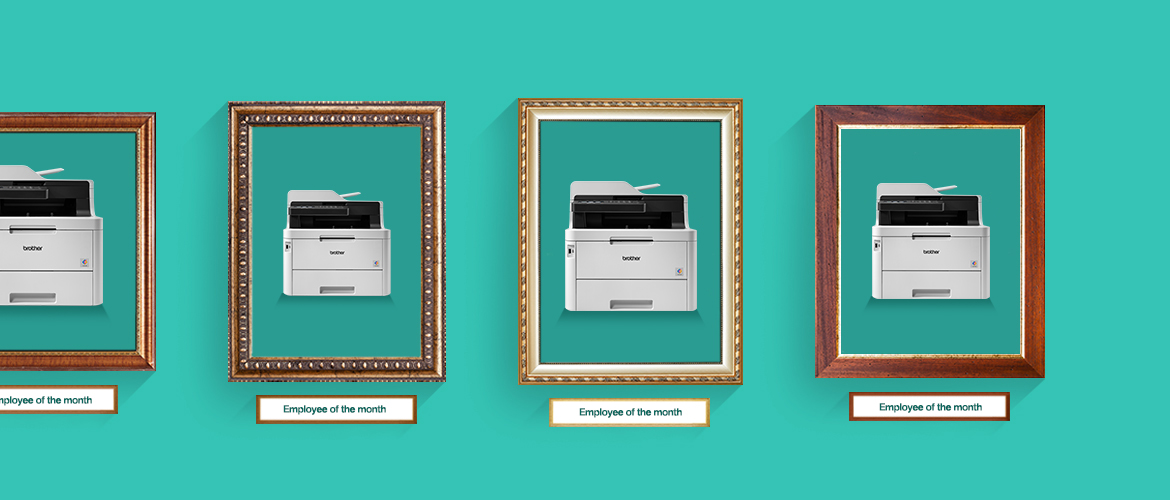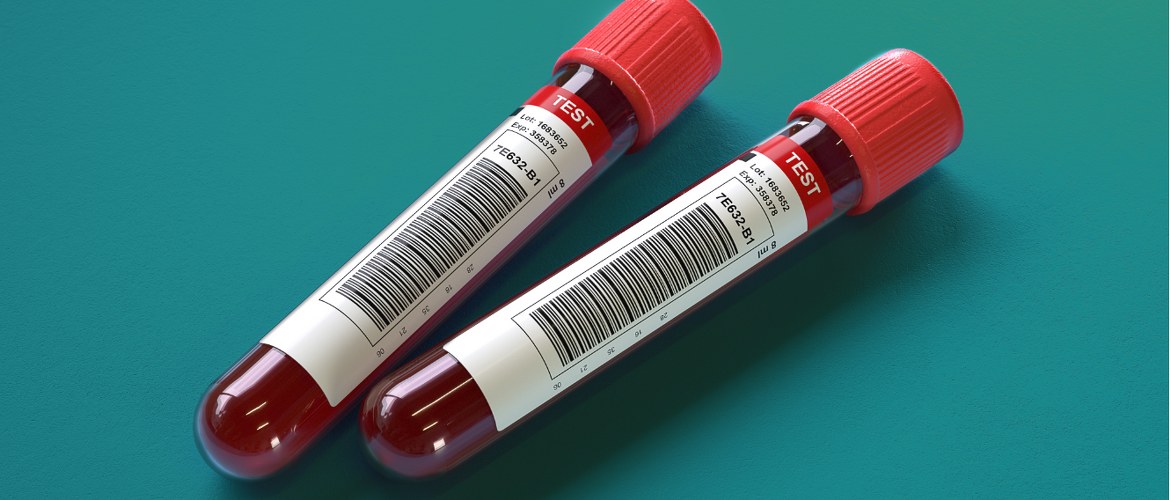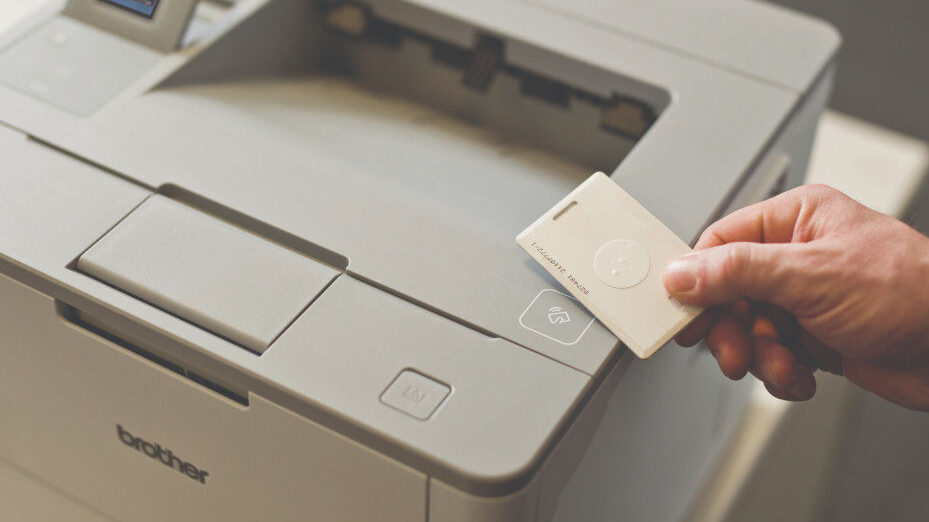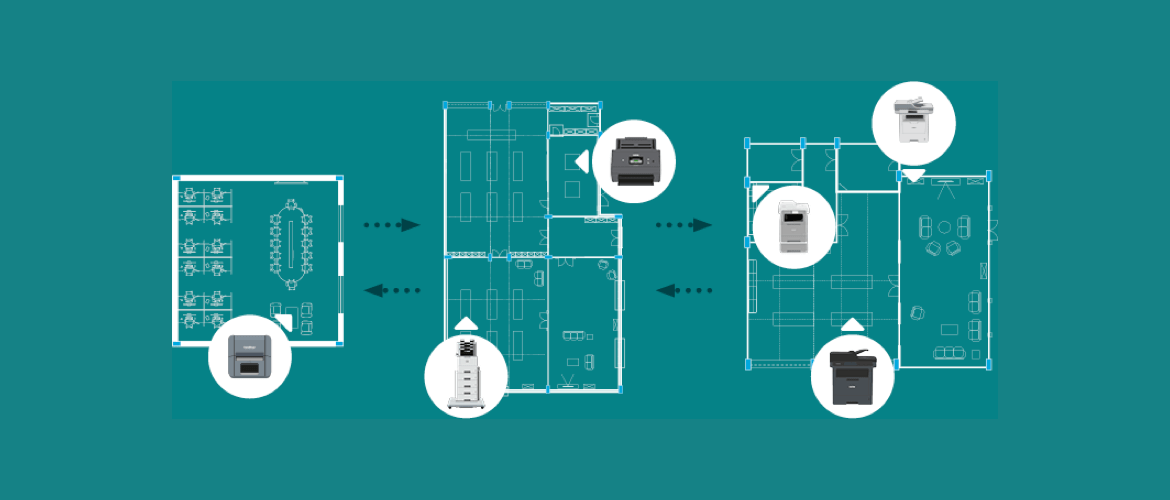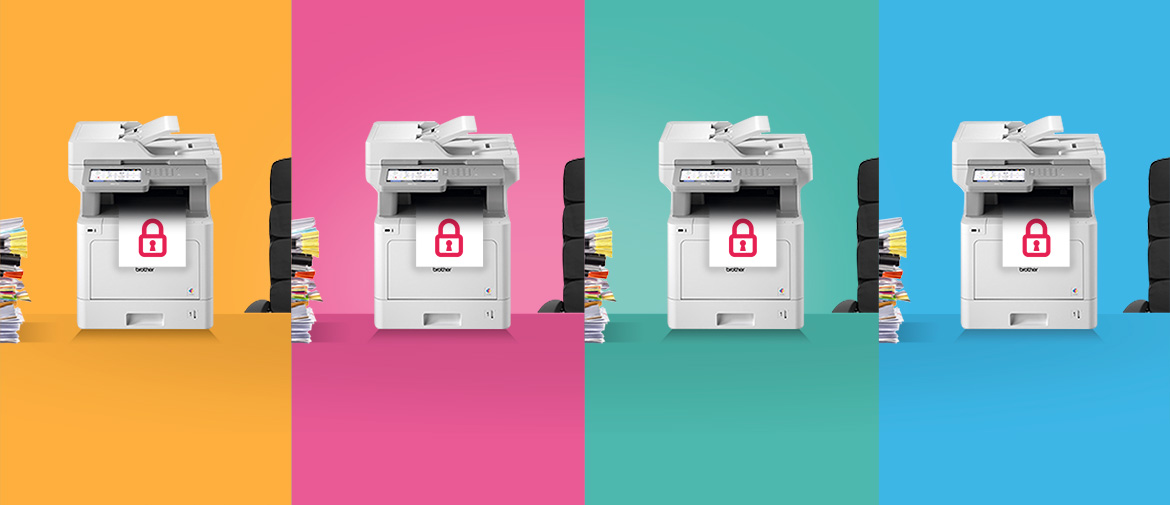Efficient healthcare systems are critical to the provision of excellent patient care, yet too often technical siloes and weaker process links mean they can benefit from a health check.
From the ambulance to admissions and the ward to the pharmacy – Brother is highlighting seven ways print technology can be used to remedy healthcare processes for the benefit of patients.
1. Easing pre-admission
Even before patients arrive at hospital, technology can be used to make processes faster and safer. Ambulance staff can, for example, print out patient information en-route using small, lightweight portable printers. Doing so significantly improves readability as hand-written notes from the back of a speeding ambulance may not be legible.
On arrival, print technology saves precious, potentially life-saving time handing over to hospital staff. It also creates a precise record of treatment given, drugs administrated and patient details, which are essential for any emergency.
2. Fast efficient admission
Digital processes can improve organisational wellbeing by enabling overstretched hospital administration staff to simply scan printed patient records onto their database management system. With the touch of a button, they can then match their details to the patients’ data.
Processes can be quickened by creating labels using a dedicated labelling printer which doesn’t require the use of a computer. Individual patient barcodes can be applied to files to mitigate errors while also eradicating the risks of illegible handwriting
3. Clever clinical care
In time critical environments, human errors can occur, but they can be eliminated by introducing simple, effective technology.
Labelling printers can be used to create barcodes for patient wristbands, generating a digital ID linked to a database containing the patient’s records. This ensures correct identification at every step of the patient journey and removes the risk of manual handwriting being mis-read. This all increases patient safety as bands can clearly display vital information such as allergens and details of medication or administrated drugs.
4. Healthy hospital wards
Print security is now more crucial than ever for hospitals due to the introduction of General Data Protection Regulation (GDPR). Any breach of personal data loss can affect both the hospital and the patient.
Using an NFC (near field communication) card or PIN activation ensures documents can be accessed and retrieved only by the individual who initiated the print. This stops sensitive documents being obtained by unauthorised people.
To give administrators full control, staff can be added or removed via a digital profile. This not only enhances security but can also reduce wastage and cost.
5. Safer signage
Technology can benefit asset management as staff can quickly create durable, laminated, self-adhesive identification labels and equipment warning signs. Using labels can not only reduce theft, but also boost safety by providing reminders of dates for equipment checks and highlight warnings.
Brother laminated P-touch labels are durable and can withstand harsh chemicals, abrasion, extremes of temperature and sunlight making them ideal for the healthcare sector. Readable long-lasting labels that withstand any condition are essential for patient safety.
6. Seamless laboratory management
Putting lab processes under the microscope could help prevent costly or critical mix-ups. Sample identification can be strengthened by scanning patient wristbands as they give the sample, and immediately printing a coded label to be placed straight onto the sample tube.
This process delivers full traceability, creating a digital footprint at every step to ensure patient care and safety is optimised. It also offers improved accuracy over handwritten labels whilst saving time.
7. Positive pharmacy procedures
Hospital pharmacies are busy departments with fast turnaround. Technology can become the heartbeat of the department’s processes, by saving valuable time.
Patient prescriptions can be received electronically from care givers, and dispensed medication labels can be printed and attached to medications with accurate patient details and prescription information.
To prevent critical mix-ups, clear patient identification barcodes on medications can be printed. Printed labels eliminate the risk of misread handwriting and are a safer solution as allergens can be clearly shown using color coding.
Brother’s comprehensive healthcare solutions brochure contains many more insights to help you develop more efficient and secure processes throughout the patients’ journey.
Find out more detail solutions here.
